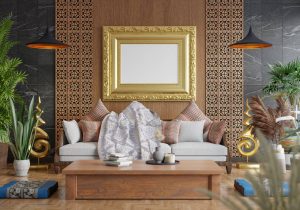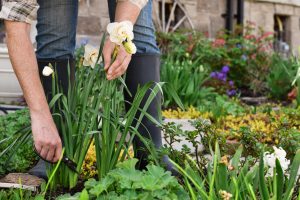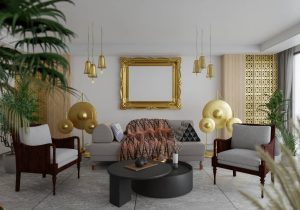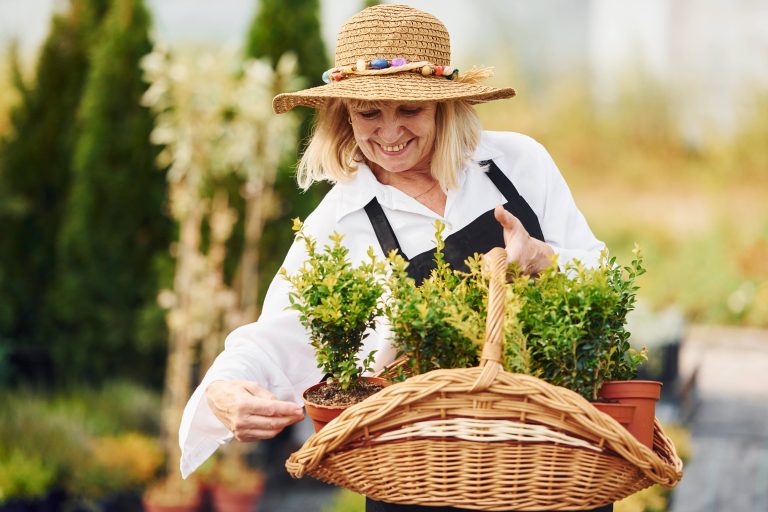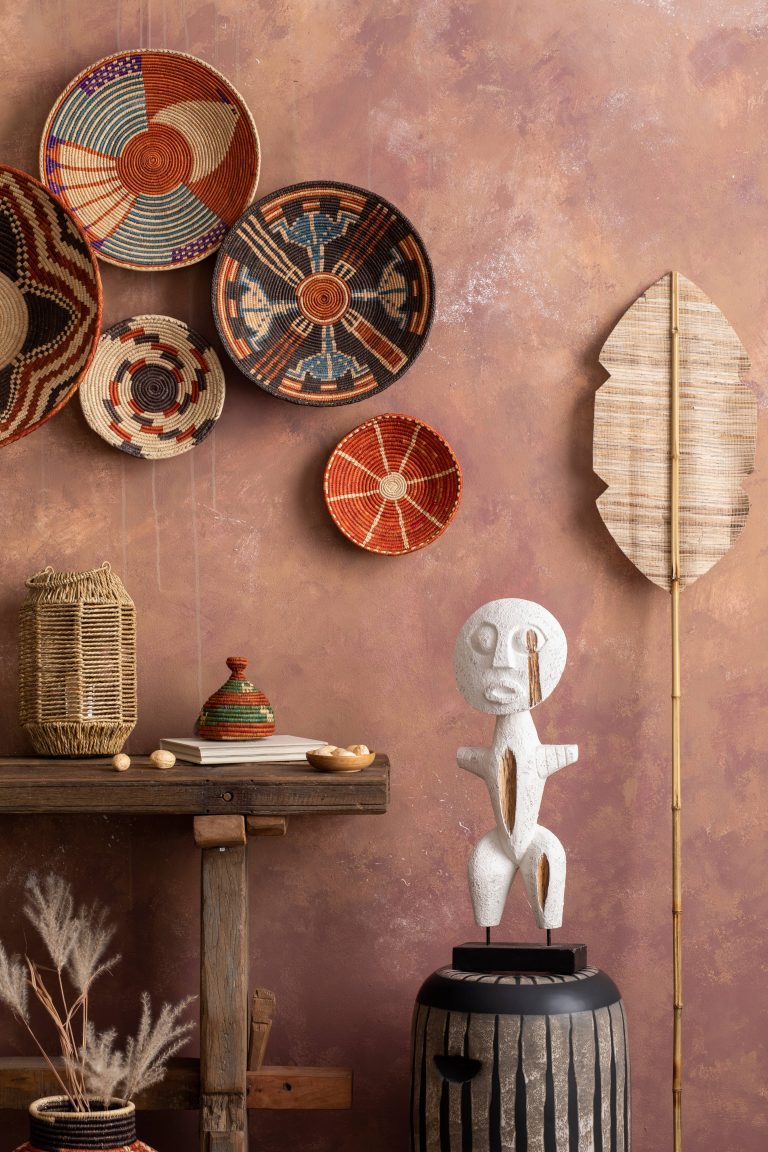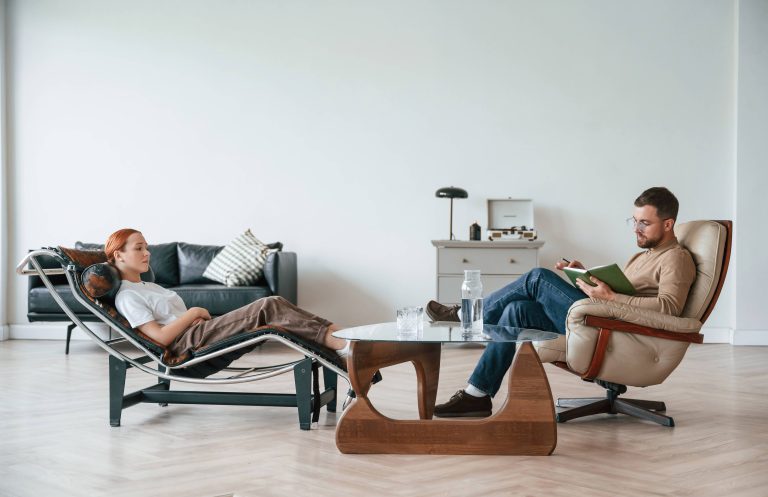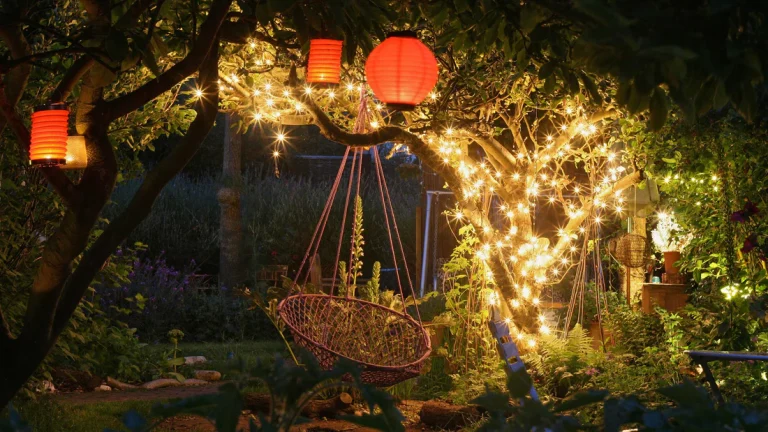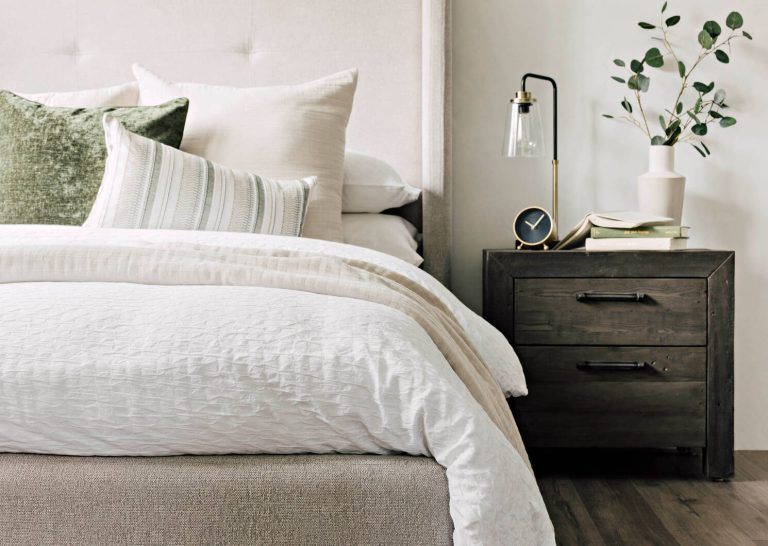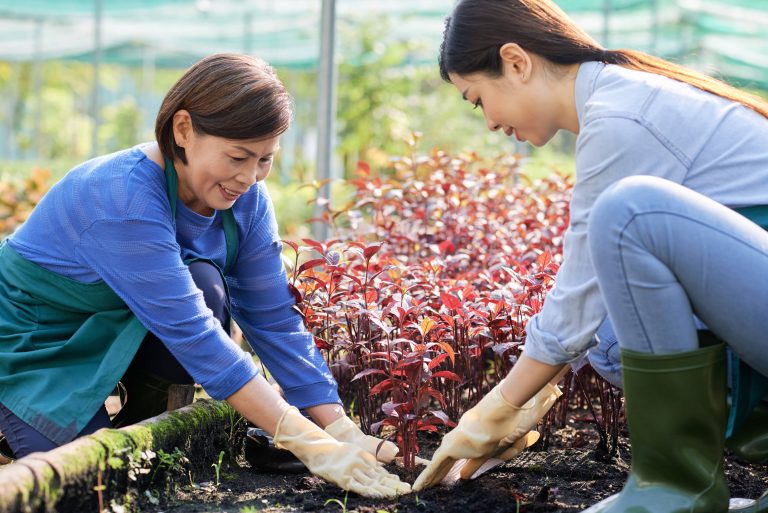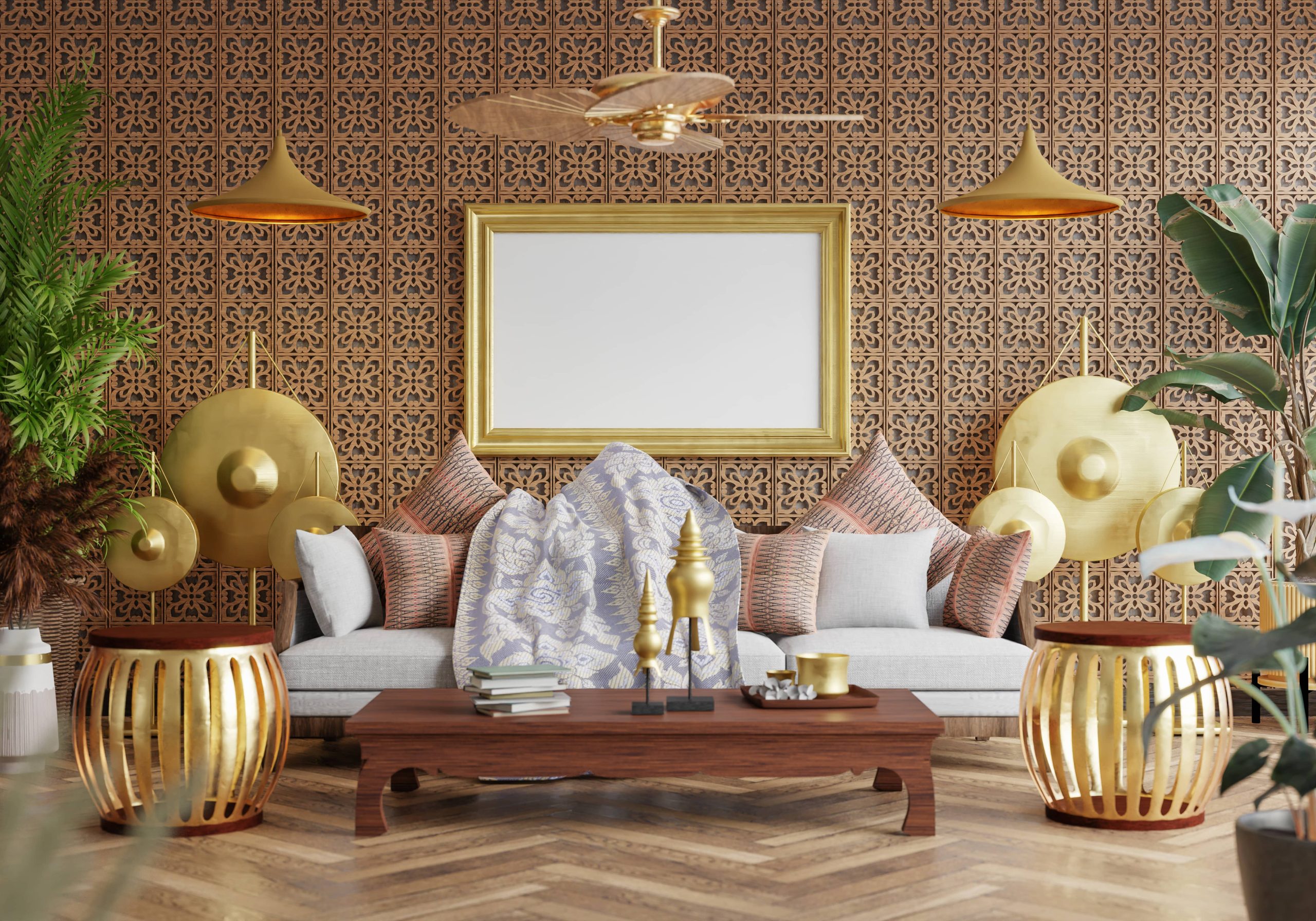
In today’s world, where environmental issues are at the forefront of global concerns, the significance of living sustainably cannot be overstated. As homeowners, we have the unique ability to contribute to environmental preservation right from the comfort of our homes. With the rise of eco-consciousness, more and more people are looking for ways to make their home decor sustainable. Making eco-friendly choices for sustainable home decor not only helps the planet but also creates a healthier living environment. Here’s a detailed guide on how you can incorporate eco-friendly choices into your home’s decor.
Understanding Sustainable Home Decor
Before diving into eco-friendly choices, it’s crucial to understand what sustainable home decor entails. Essentially, it focuses on minimizing the environmental impact of the materials and products used within a home while maintaining aesthetics and functionality. Practices include utilizing renewable resources, reducing waste, and opting for non-toxic products. Sustainable decor embraces timeless designs that remain stylish without adhering to fleeting trends.
Choose Sustainable Materials
1. Reclaimed Wood:
Reclaimed wood is an eco-friendly and cost-effective alternative to newly harvested wood. Utilizing materials from old buildings and barns can add a touch of rustic charm to your home. Consider using reclaimed wood for flooring, furniture, or wall cladding. Each piece carries its own history and character, contributing to a unique decor style.
2. Bamboo:
Bamboo is one of the most sustainable materials available. It grows quickly and requires fewer resources than traditional timber. Look for bamboo furniture, flooring, or even decor items. Bamboo’s lightweight nature and strength make it a versatile addition to any home, with a natural elegance that complements many design styles.
3. Natural Fabrics:
When choosing textiles for upholstery, curtains, or rugs, opt for natural fibers like organic cotton, linen, or hemp. These materials are biodegradable and generally involve fewer chemicals during production. Also, look for certifications like Global Organic Textile Standard (GOTS) to ensure the fabrics meet strict environmental standards.
Opt for Quality and Timeless Pieces
Sustainability isn’t just about the materials used; it’s also about longevity. By investing in quality and timeless pieces, you ensure that your decor lasts longer. This approach reduces the need to replace items frequently, thereby minimizing waste.
1. Classic Furniture Designs:
Select furniture that is both durable and timeless. Think of classic styles that stay in vogue for decades. A well-built sofa or dining table can withstand years of use and adapt to varying decor trends with simple changes in accessories.
2. Versatile Decor Elements:
Choose multi-functional furniture and decor elements that serve multiple purposes. An ottoman that can double as a coffee table or a futon that provides sleeping and seating options offer practical solutions, especially in small spaces.
Mindful Purchasing
When it comes to sustainable home decor, how you purchase items makes a significant difference. Mindful purchasing involves considering the lifecycle of a product—from production to disposal.
1. Second-Hand Shopping:
Buying second-hand furniture and decor items is an excellent way to reduce waste while adding unique character to your home. Thrift stores, online marketplaces, and local vintage shops offer an array of preloved items that can be refreshed with a bit of creativity.
2. Support Eco-Friendly Brands:
Many brands focus on sustainable practices, producing chic yet eco-friendly furniture and decor. Research and support companies committed to environmentally friendly production methods and fair trade practices. Consider the environmental impact of shipping and prioritize local businesses to decrease your carbon footprint.
Energy-Efficient Decor
Enhancing your home’s decor with energy-efficient elements not only reduces your utility bills but also contributes to a sustainable lifestyle.
1. LED Lighting:
Replace traditional incandescent bulbs with LED lights. They are more energy-efficient and last significantly longer. Consider smart lighting systems that allow you to control lighting usage efficiently—better for the planet and your pocket.
2. Natural Lighting:
Maximize natural light to reduce the need for artificial lighting. Use sheer curtains and strategically place mirrors to amplify daylight within your home. Natural light not only saves energy but also creates a welcoming and vibrant atmosphere.
Indoor Plants for Air Quality
Plants play a vital role in improving indoor air quality and adding beauty to home decor.
1. Air-Purifying Plants:
Incorporate plants known for their air-purifying properties, such as snake plants, spider plants, and peace lilies. They not only cleanse the air but also add a touch of nature to your living spaces.
2. Sustainable Plant Care:
Use organic soil and natural fertilizers to care for your plants. Avoid plastic pots by opting for biodegradable garden products and recycled planters.
DIY and Upcycling
Engaging in DIY projects not only allows for a custom design but also gives new life to old items.
1. Upcycle Old Furniture:
Rather than disposing of worn-out furniture, consider refurbishing it. A fresh coat of paint or new upholstery can transform an old piece into a stylish addition to your home. Upcycling reduces waste and adds a personal touch to your decor.
2. Handmade Decor:
Create your own decor with natural materials. From homemade candles to macramé wall hangings, a variety of projects can be both fun and sustainable.
Conclusion
Incorporating eco-friendly choices in home decor presents an opportunity to express creativity while making a positive impact on the planet. By opting for sustainable materials, investing in durable items, and embracing mindful purchasing, you contribute to environmental preservation. Adopting energy-efficient solutions and enriching your living space with plants further enhances the sustainability of your home. Remember, sustainable living is an ongoing journey, and every small step takes us closer to a greener future. Decorate with the earth in mind, and create a home that reflects not only your style but also your values.



